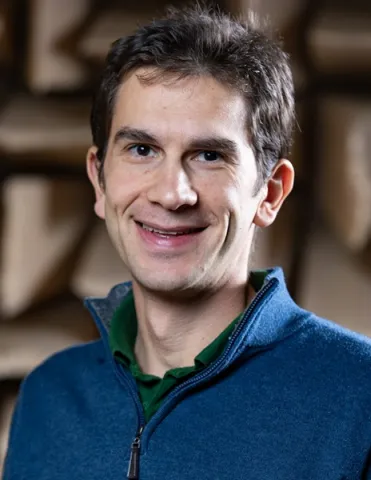About the project
Vibro-acoustic digital twins have the potential to increase the sustainability of machines and vehicles by making them more silent, while keeping performance high and energy consumption low. This project will focus on time-varying vibro-acoustic phenomena (rotation of a wheel, shifting gears) to improve the performance of vibro-acoustic digital twins.
To optimise sustainability, the knowledge of noise and vibrations is important throughout the life cycle of machines and vehicles, since noise is a major health concern. During operation, they ideally have a low energy consumption, a high performance and a low vibro-acoustic emission, which is difficult to achieve.
Recently, digital twins have come to the forefront as a potential way to balance these aspects. A digital twin is a virtual copy of a real machine or vehicle, that behaves as the real asset. By feeding it with sensor data from the machine, a digital twin could do augmented acoustic estimation beyond the data. For example, determining full field acoustic intensity flows and optimising energy consumption and performance while staying below noise targets.
The creation of a digital twin is often done by combining the sensor data with a physics-driven model. Since these models can be large, model order reduction is indispensable. While state-of-the-art methods have shown potential for static vibro-acoustic sources, in many applications the source is moving. For example, the rotation of a train-wheel or the shifting of gears in a gearbox. Neglecting this in the digital twin could impact the performance negatively, thus leading to non-sustainable operation.
Therefore, this project will focus on time-varying vibro-acoustic phenomena. It aims to model these phenomena and to derive model-order reduction techniques to make these models suitable for digital twins. Furthermore, the world class testing facilities from the Institute of Sound and Vibration Research will be used to test the performance.

